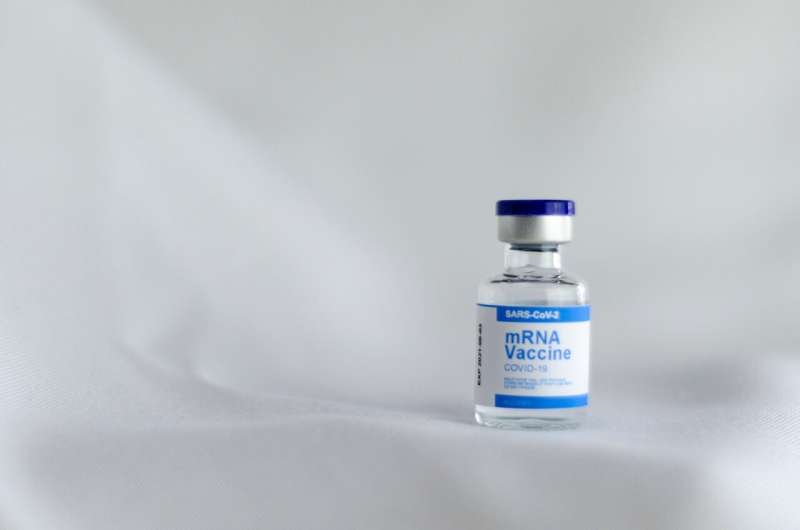
Myocarditis, a condition in which the heart muscle becomes inflamed, is a rare complication that can occur after mRNA COVID vaccination. It’s estimated that roughly 18 cases occur in every 1 million vaccine doses administered, making it so rare that it is challenging to find cases to investigate. In a new study by researchers from Mass General Brigham’s founding members, Brigham and Women’s Hospital and Massachusetts General Hospital, a team extensively investigated the immune response of 16 adolescents and young adults who developed myocarditis after receipt of the COVID mRNA vaccine. The researchers found no differences in antibody production, auto-antibodies, T cell profiles, or prior viral exposures, but found elevated levels of spike protein along with increased cytokines (consistent with innate inflammation) and increased troponin (indicating cardiac injury). Their results are published in Circulation.
“The risk of developing severe disease from acute infection significantly outweighs this rare risk,” said co-corresponding author Lael Yonker, MD, a pediatric pulmonary medicine specialist at Mass General for Children. “While this finding helps us better understand this potential complication, it does not alter the risk benefit ratio of receiving the COVID vaccines. The incidence of myocarditis and other heart-related complications among children infected with SARS-CoV-2 is much higher than the risk of post-vaccination myocarditis.”
Patients with myocarditis can be treated with steroids to reduce inflammation, and there are largely favorable early outcomes for young adults and adolescents who develop this condition after vaccination. The new study may point to additional ways to treat and improve outcomes for patients with post-vaccination myocarditis.
“Understanding the mechanisms that drive post-vaccine myocarditis could guide vaccine development in the future and give us important insights about the immune response,” said co-corresponding author David Walt, Ph.D., a professor in the Brigham’s Department of Pathology. “This was a precious sample set because these cases are so rare. We studied them in great depth, which led to an interesting finding that could guide treatment strategies to reverse post-vaccine myocarditis.”
Yonker, Walt and colleagues examined blood samples collected from 61 adolescents and young adults, including 16 who developed myocarditis and 45 who had no complications following vaccination with either the Pfizer BNT162b2 or Moderna mRNA-1273 COVID-19 mRNA vaccines. The team performed antibody profiling, including testing for SARS-CoV-2 specific humoral responses and assessment for autoantibodies or antibodies against the human relevant virome, SARS-CoV-2-specific T cell analysis, and cytokine and SARS-CoV-2 antigen profiling. Antibody responses and T cell responses were essentially indistinguishable between cases and controls. Using Simoa, an ultrasensitive test for detecting single molecules, the team found that adolescents who developed myocarditis had markedly higher levels of full-length Spike protein in their blood. Adolescents in the asymptomatic, vaccinated control group had no detectable Spike protein. The team also looked for anti-N IgG, an immunological marker of recent SARS-CoV-2 infection, which was undetectable, suggesting that natural infection was unlikely a contributing factor.
While the study adds new insights about post-vaccination myocarditis, the authors note it is limited by a small sample size and cannot distinguish between cause and consequence; that is, it’s unknown whether the Spike protein itself is causing inflammation to the heart muscle or is a biomarker of immune dysregulation that leads to myocarditis.
“In most cases, post-vaccination myocarditis is mild and self-resolving,” said Yonker. “But new insights about its cause could further help us to improve patients’ symptoms or prevent this complication from occurring.”
More information:
Yonker, LM et al. Circulating Spike protein detected in post-COVID-19 mRNA vaccine myocarditis, Circulation (2023). DOI: 10.1161/CIRCULATIONAHA.122.061025
Journal information:
Circulation
Source: Read Full Article
